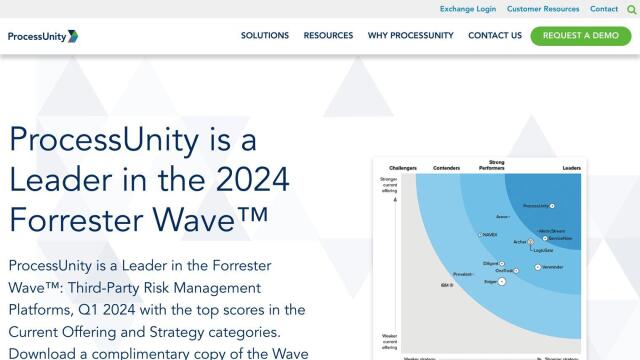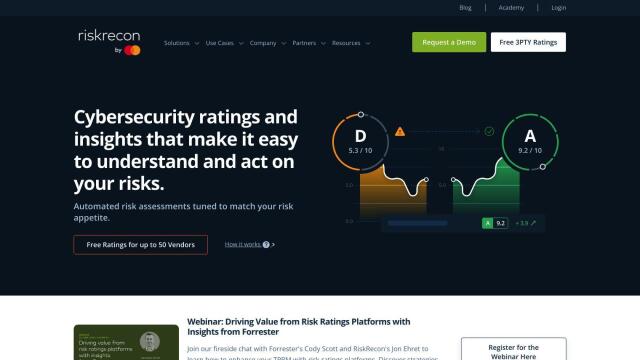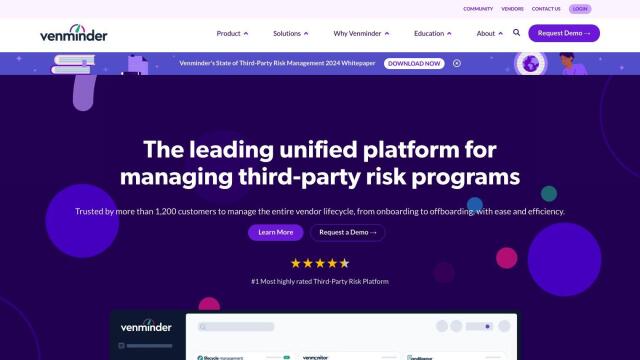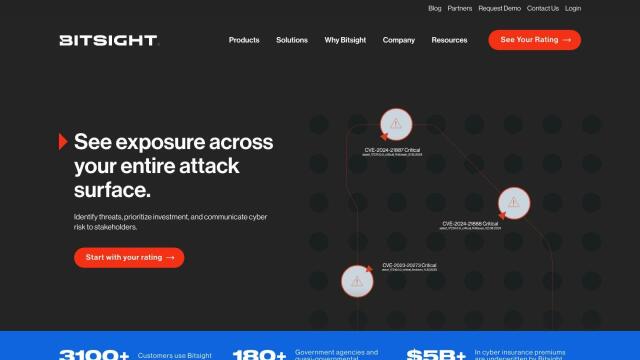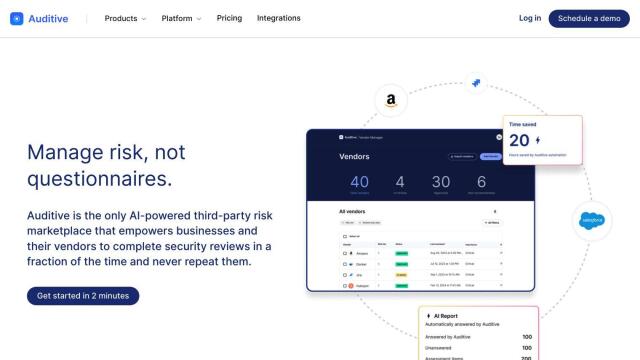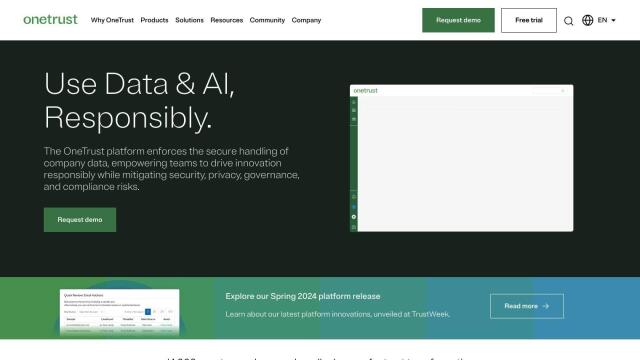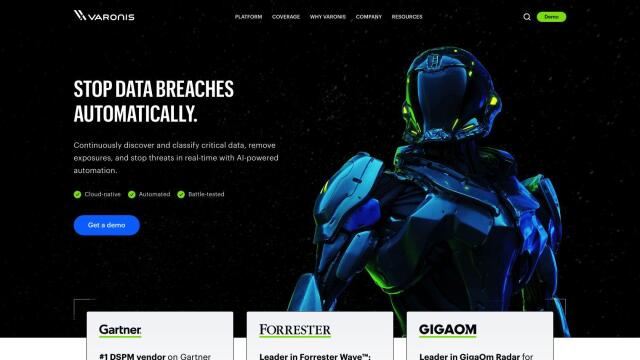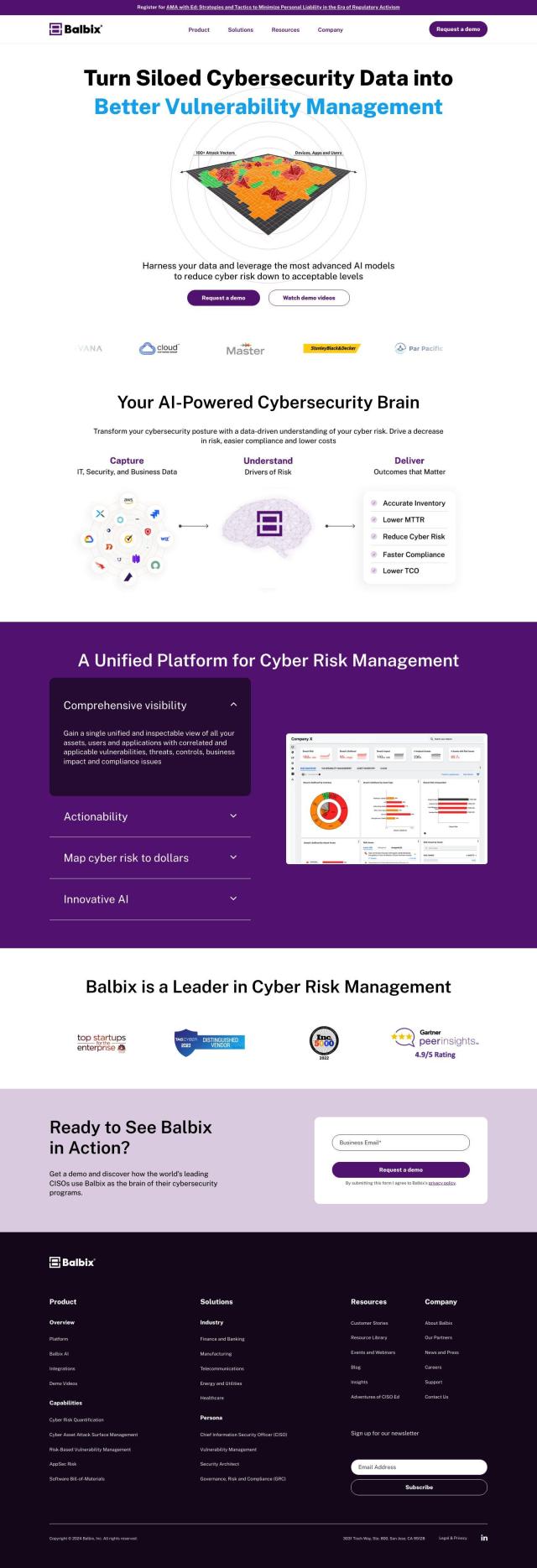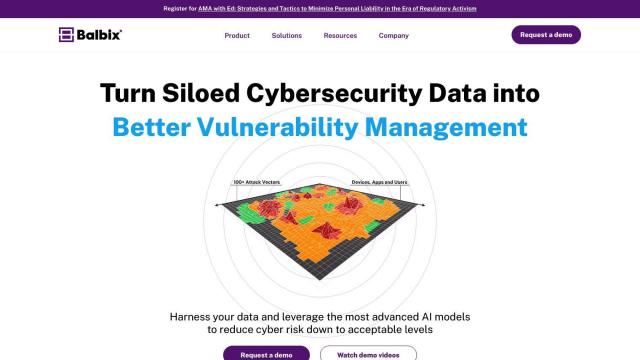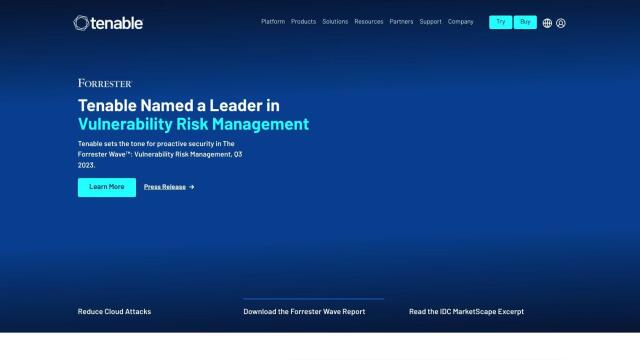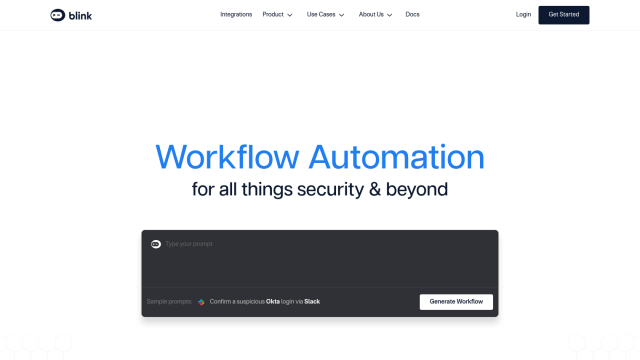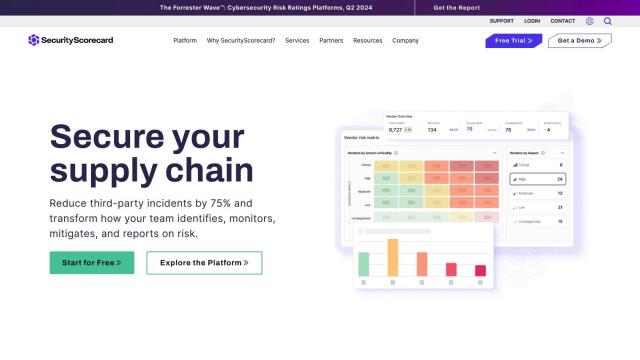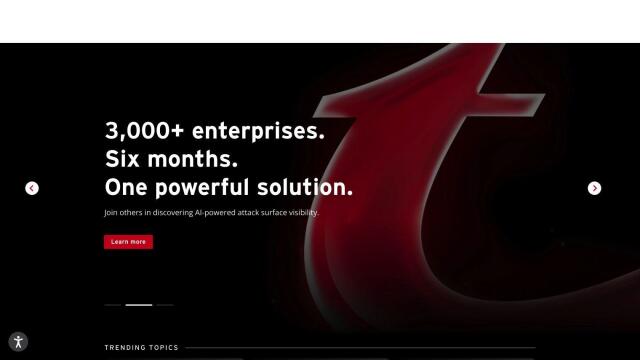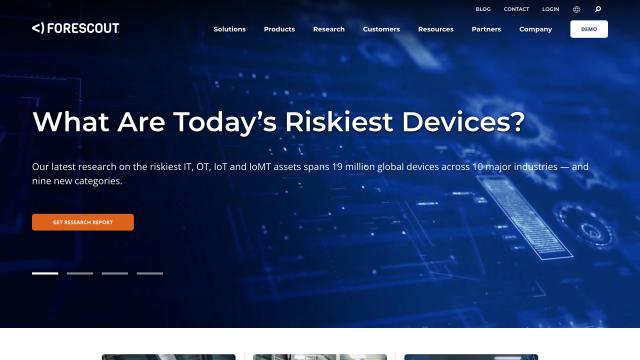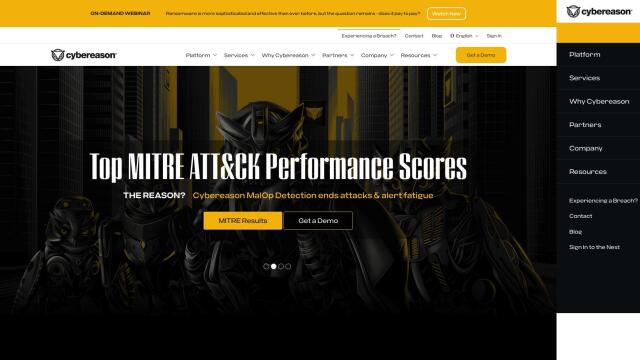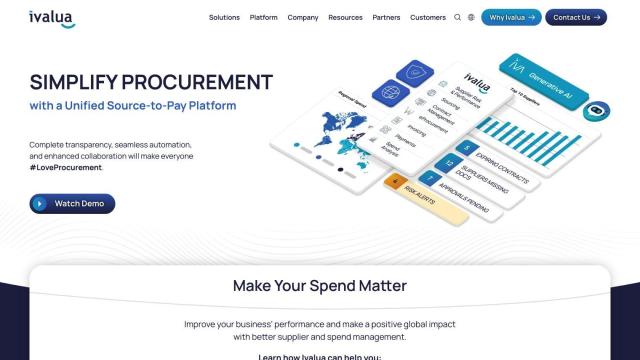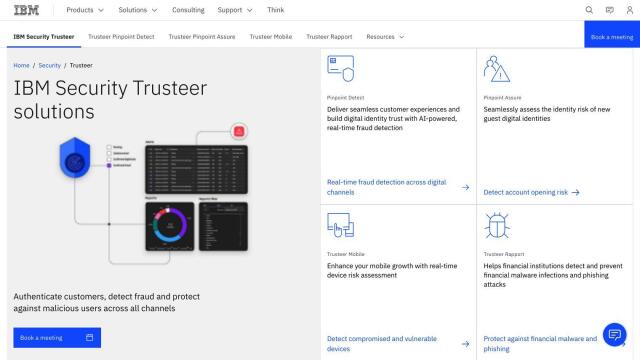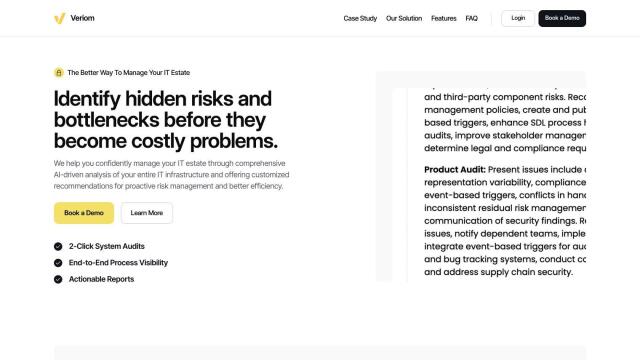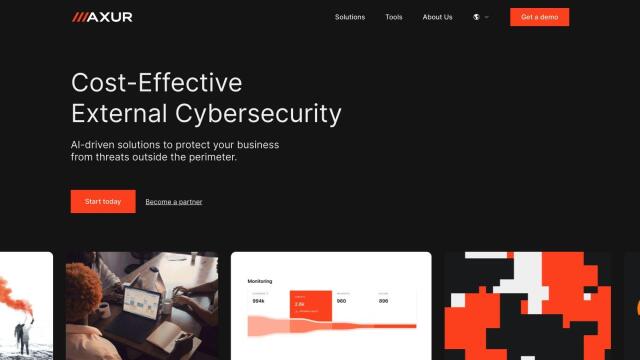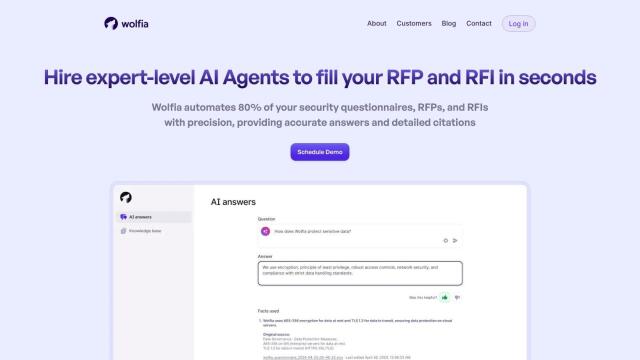
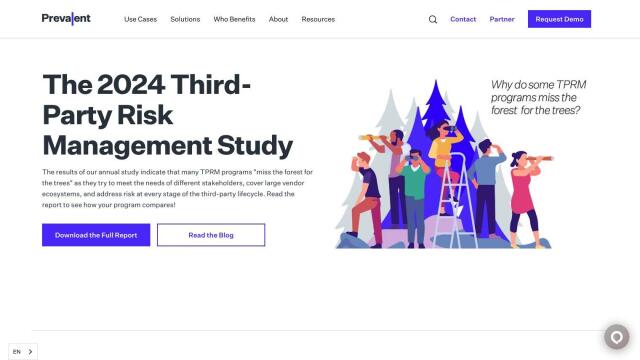
Prevalent
If you're looking for a ProcessUnity alternative, Prevalent is another good option. Prevalent's platform uses AI and automation to evaluate and reduce security risks from vendors, suppliers and other third parties. It can handle vendor risk assessment, monitoring and compliance, and is geared for industries like finance, health care and insurance. The platform includes due diligence collection and analysis, contextual risk reporting, and a scalable architecture for third-party risk management.

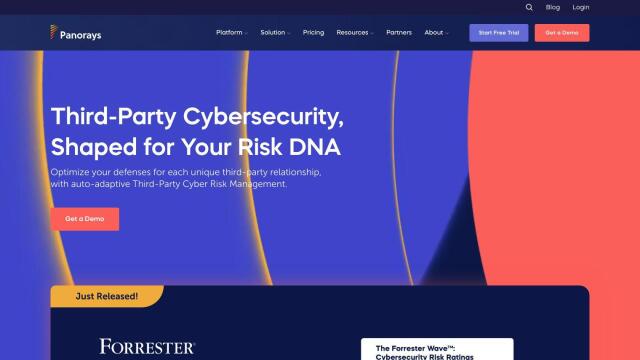
Panorays
Another option is Panorays, which offers a third-party cyber risk management platform. Panorays offers real-time Risk DNA ratings, continuous supply chain detection and automated third-party risk management. Features include actionable threat alerts, vendor self-guiding plans and AI-powered risk assessments that take into account questionnaire accuracy and cyber posture. The platform is designed to help organizations optimize third-party risk management and improve overall cybersecurity posture.

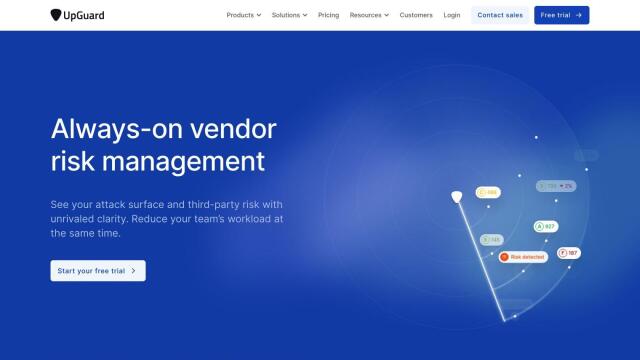
UpGuard
If you prefer a more visual approach, UpGuard offers a platform that continuously monitors millions of companies and billions of data points each day. It offers complete visibility through automated scanning, evidence analysis and real-time monitoring of third-party security postures. UpGuard streamlines workflows, automates risk detection and offers industry-leading security ratings with real-time insights and reporting, making it a good option for communicating with stakeholders.

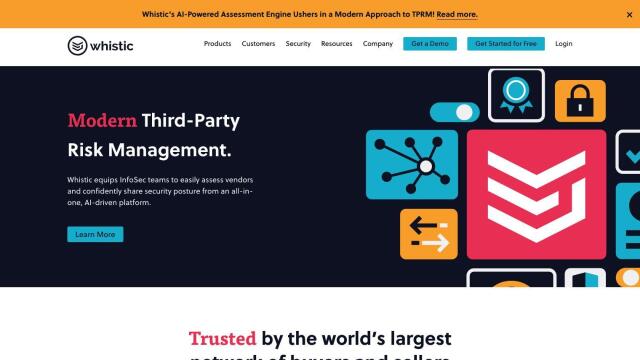
Whistic
And Whistic automates vendor assessments and streamlines the process with its AI-powered platform. Features include a centralized Trust Center for security and compliance documentation, a Network Exchange for efficient information sharing and AI integration for task automation. Whistic offers access to more than 40 questionnaires and frameworks, so it's a good option for companies that want to modernize their third-party risk assessment process.

